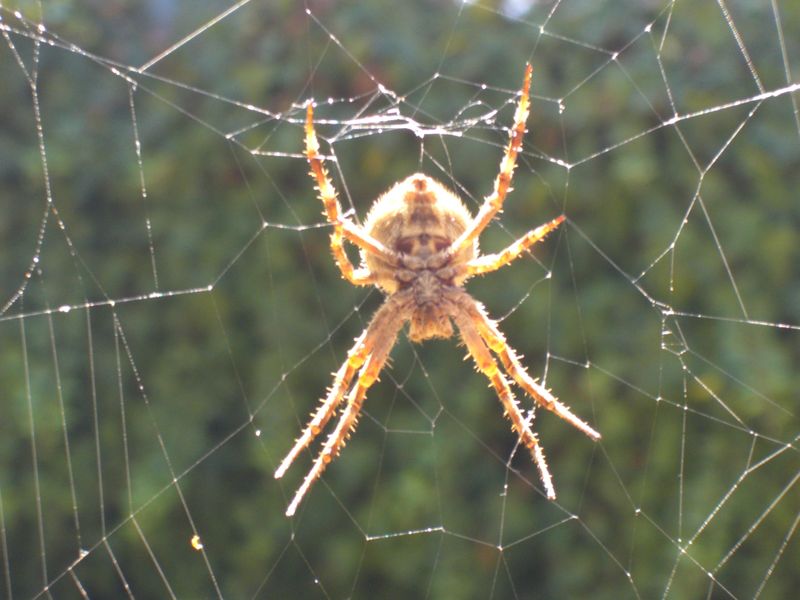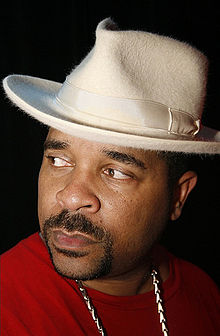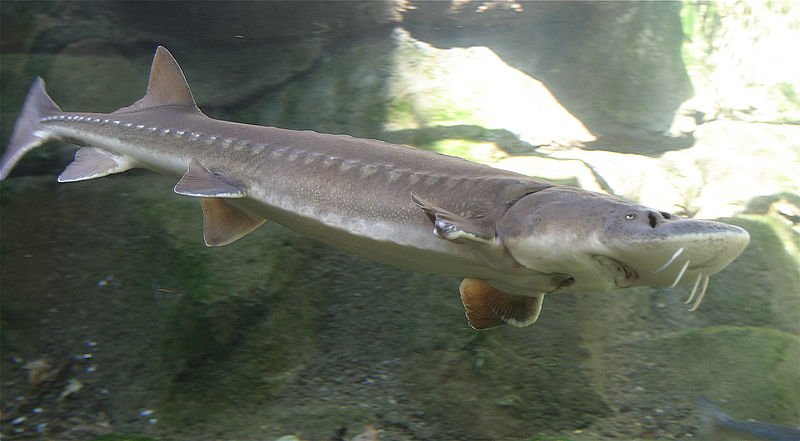It’s monster spider season in the Pacific Northwest, but the next time you squish an arachnid, make sure to take a second to thank it for its contribution in helping scientists target drug-resistant brain diseases.
Project Violet, from the Fred Hutchinson Cancer Research Center, seeks to develop hyper-specific drugs from proteins made form various species such as spiders, scorpions, locusts, sunflowers, sea slugs, and violets.
“If you think about it, every plant and animal needs drugs, but they can’t just go to the drug store. They have to make it themselves,” says Dr. James Olson, one of the lead researchers.
Olson says that these critters typically make mini proteins in a knot shape so they can survive the blood stream and act like a drug. The Project Violet team just had to trick human cells into making these cells, which Olson says could specifically target the diseased cells.
Beyond the initial goal of developing new cancer treatments, the new drugs could hold potential for treating other issues in the central nervous system, such as brain cancer, Alzheimer’s, and bipolar disorder. These proteins improve on typical drugs which can make it into your brain, but can’t target as well.
“Most drugs might target [things like] depression or anxiety, but they also cause side effects which are difficult to manage,” says Olson. “Nature, through evolution, has found ways to piggyback to get their proteins and drugs into the brain.”
Obviously science like this comes with a fairly hefty price tag, but the team behind Project Violet has a plan. Although Olson says they could try to get funding from a pharmaceutical company, the project plans to crowd-source its funding. Olson says he’s pretty jazzed about bringing it to the people, and breaking down the barriers between scientists, doctors, and patients.
The plan is simple: folks can go onto the Project Violet website and after paying a donation fee are able to adopt a protein from one of the six parents (crab, human, etc.), name it, and track it as it makes its way through the various stages of testing.
“He’s turning it into a grassroots project; he wants the community to own this. He wants who’s part of this to own it,” says Corrine Hoeppner, a nurse involved with Project Violet. “It’s the kind of project that resonates with the Seattle mentality…Seattle people like to do something about it.”
The adoption process costs $100 for a single donation, and for $1,000 you can gift a donation for up to 30 people. People can even request donations bigger than that to gift to a school, an option Olson hopes will eventually involve an education module for younger kids to learn about the cancer, and the development of the treatment project.
The name for the project actually came from a former patient of Olson’s, Violet, who was by all accounts a spirited, young red-head.
“I thought about it, and there’s buildings named after wealthy donors and stadiums named after wealthy companies,” says Olson. “This is the most important science we’re going to do…and I wanted it to be named in her honor.”
Passing away at the age of 11 from an inoperable brain tumor, Violet had a great spirit and loved nature that Hoeppner says still inspires the Project Violet team.
“Everytime you hear about a drug discovery or breakthrough, it has a long pharmaceutical name attached to it. I think that’s part of [what separates this project]: It’s not about the scientist or the science, it’s about the patients Olson’s honoring with it,” says Hoeppner.
“Until we have a cure for this these kids are just going to die. We’re focusing on creating a community project that we can all be a part of and make everybody feel less helpless.”








